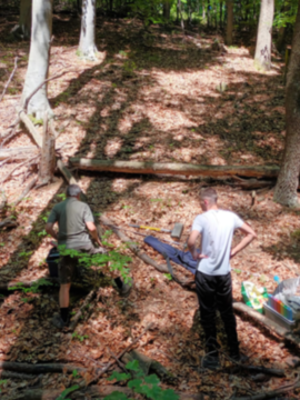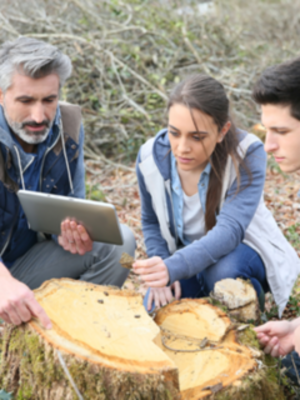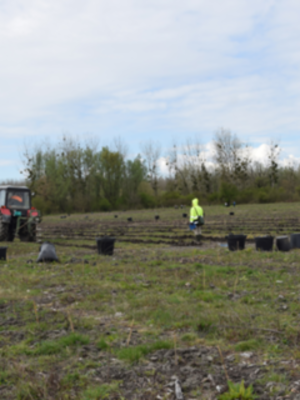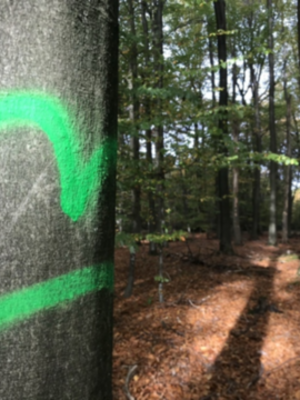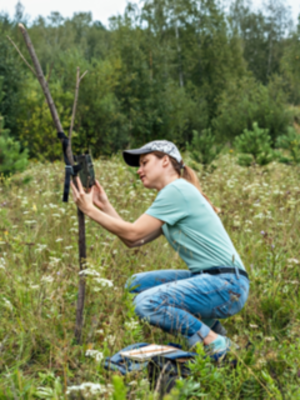
Planners / Implementers
This Restoration Journey is for you, if you are responsible or involved in planning and managing large areas of forests or forested landscapes; and if you want to improve the ecological conditions, multi-functionality and vitality of the land now and in the future. You can find advice on the steps you should take to plan, implement and monitor forest restoration and integrative management, and helpful information on adaptive management measures for your forest.
Introduction
Ecological conditions and forest ecosystems in Europe vary widely and are constantly changing due to human activities, natural events, and the impacts of climate change. Restoring and managing forests in a multifunctional, integrated way can boost biodiversity, strengthen forests’ resilience to future disturbances, and enhance other ecosystem services.
Also, the ownership and management of forest landscapes in Europe is extremely varied: from small private owners to very large state forest enterprises responsible for hundreds of thousands of hectares. Organisations managing large areas are able to spread costs and risks more effectively if restoration activities are well-planned and programmed. This enables larger areas to be restored for lower cost and higher effectiveness and allowing for greater innovation. Planning and managing at this larger scale need to consider the interdependencies of scales from individual sites to whole landscapes.
When planning and implementing restoration it is essential to consider the effects of climate change not only now but also in the future. The forests we manage must be able to flourish in current AND future conditions. This requires that instead of repeating previous practices and relying on past guidance, we implement more adaptive silvicultural practices, including adaptive forest restoration, also called “prestoration”.
The FAO, SER (the Society for Ecological Restoration) and IUCN/CEM have created under the UN Decade on Ecosystem Restoration the ‘Standards of practice to guide ecosystem restoration’. These standards are based upon five stages in the restoration and management cycle:
- Assessment
- Planning and design
- Implementation
- Ongoing management
- Monitoring and evaluation
The value of closely engaging diverse stakeholders is in enabling commitment for restoration and bringing in additional and often new ideas, knowledge and partnerships that can strengthen restoration efforts. Input from stakeholders who are to be involved in enacting the restoration plans and guidelines is key for ensuring relevance and uptake.
Forest ecosystems are highly dynamic systems, so restoration is not a linear process: its different phases will become relevant again and again and are never completely ticked off. As you return to the different phases on our Gateway, you may find they have been updated with latest scientific findings and practical experiences. We hope you will always find something new and exciting that supports your work.




